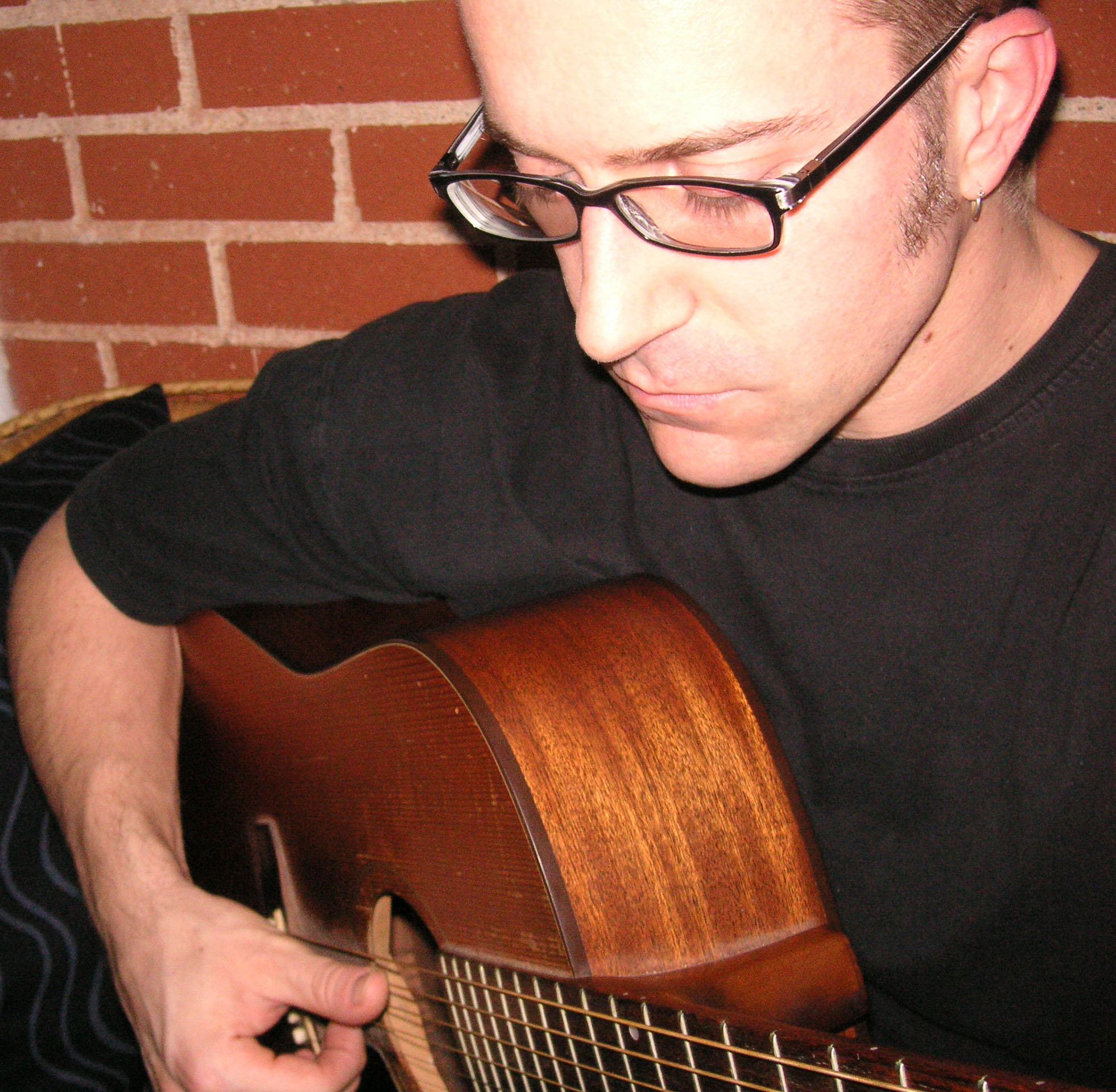A Guide to Randy Rhoads' Acoustic Techniques and Riffs
Take a look at Randy Rhoads' classically influenced acoustic guitar work.

When Ozzy Osbourne was booted from Black Sabbath and went solo in 1979, his quest for a heavy-metal soulmate ended with his discovery of Randy Rhoads. The pair would go on to pen such classic metal cuts as “Crazy Train,” “I Don’t Know,” “Mr. Crowley” and “Flying High Again,” among others. Unfortunately, Rhoads was around long enough to record only two full-length albums with Ozzy: Blizzard of Ozz and Diary of a Madman (the live album, Tribute, was released posthumously in 1987).
On March 19, 1982, while “joyriding” in a small plane piloted by Ozzy’s tour bus driver, Rhoads was killed when the pilot flew too close to the band's parked tour bus, clipped its wing and careened into a nearby house. A fan of classical music, Randy Rhoads was one of the first American guitarists to successfully incorporate classical music elements into heavy metal. (“Euro-metal” guitarists, including Ritchie Blackmore, Yngwie Malmsteen, Uli Jon Roth and Michael Schenker, had also experimented with melding the two genres.) Reportedly, Rhoads was contemplating retiring from rock after the tour to study classical guitar at UCLA.
In this lesson, we’ll take a look at examples in the style of Rhoads’ classically influenced solo piece “Dee” as well as “Diary of a Madman” and “Goodbye to Romance,” two other Ozzy favorites that prominently feature acoustic guitar.
Randy pulled out all the stops for Diary of a Madman’s title track, an epic six-minute-plus piece packed with acoustic and electric guitar textures. Its intro, similar to FIGURE 1, is structured around an elaborate arpeggio passage reminiscent of a modern classical guitar etude by Leo Brouwer (titled "Etudes Simples: VI," published in 1972) which Rhoads likely learned in his classical guitar studies.
Use economy picking to tackle these arpeggios throughout, employing a single pick stroke to sound successive notes found on adjacent strings, as indicated. Rhoads also had a talent for composing striking ballads, as evidenced by the track “Goodbye to Romance” (Blizzard of Ozz), the first song Ozzy cowrote with Rhoads. Penned as Osbourne’s personal farewell to Black Sabbath, the song blends clean-tone electrics with steel-string acoustic sounds, resulting in an almost “harpsichord”-like tonal quality. FIGURE 2 depicts a composite in-the-style-of arrangement.
“Dee” (Blizzard of Ozz), which inspires FIGURE 3, is a lilting waltz (3/4 meter felt “in one”) that Randy dedicated to his mother, Delores. (Perhaps as a further tribute to his mom, the majority of "Dee" falls in the key of D.) With this track, Rhoads used one of his favorite acoustic multitracking approaches: overdubbing a steel-string acoustic on top of his primary nylon-string part for added sparkle (he also did this in “Diary of a Madman.")
Note the pick-hand fingerings included below the notation. For further insight into Randy’s classical guitar technique, check out the “Dee” studio outtakes at the end of the Tribute album.
All the latest guitar news, interviews, lessons, reviews, deals and more, direct to your inbox!


A singer-songwriter/multi-instrumentalist/film composer, Musician's Institute instructor, and author of 50+ transcription/instructional books, Dale Turner is also Guitar World's "Hole Notes"/"Acoustic Nation" columnist, and the former West Coast Editor of Guitar One magazine. Some of Dale’s old, weird, rare, and/or exotic instruments are featured in his score for WEEDS, the first animated short completed within the Filmmakers Co-op at Disney Feature Animation. His most recent CD, Mannerisms Magnified, was praised by Guitar Player magazine for its "Smart pop tunes that are crammed with interesting guitar parts and tones ... Like what the Beach Boys might do if they were on an acid trip that was on the verge of getting out of control. Yeah!"

